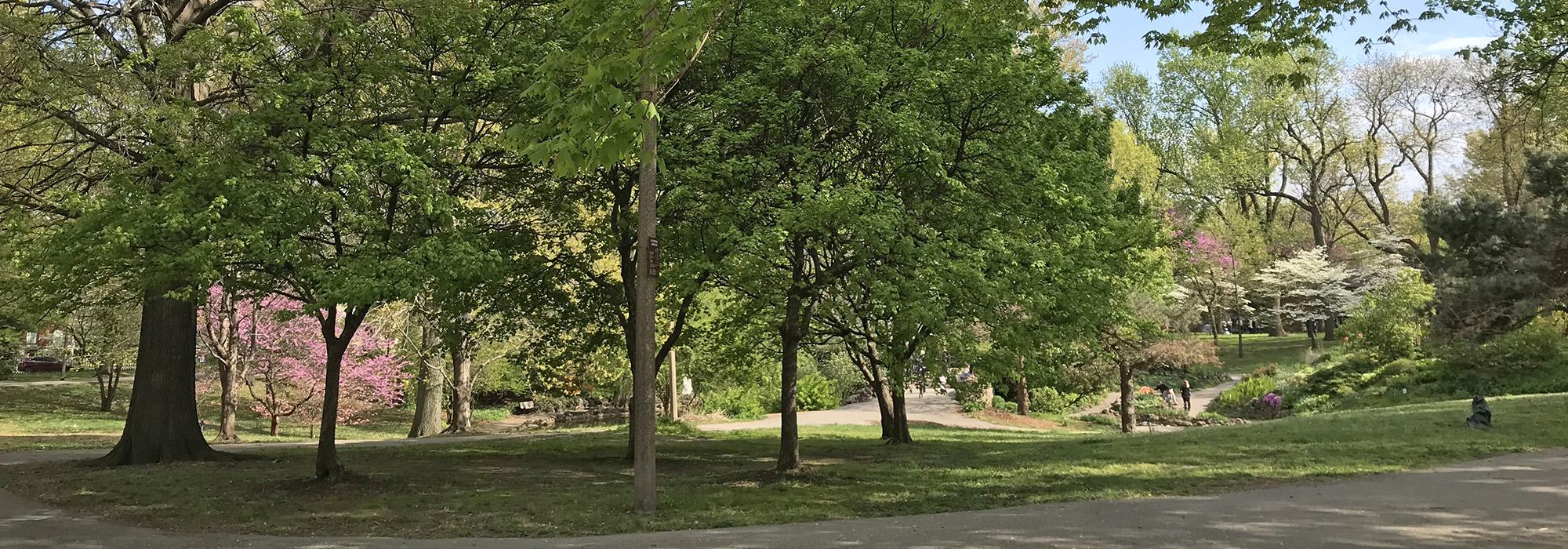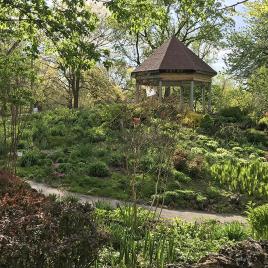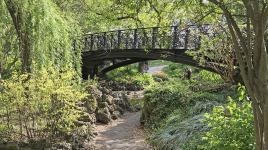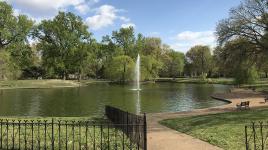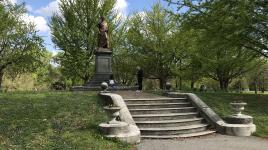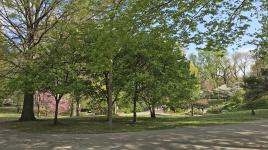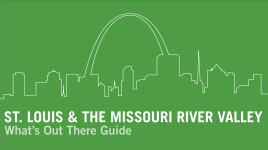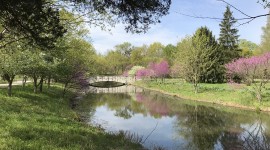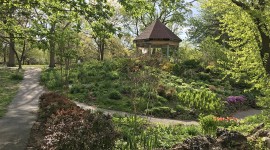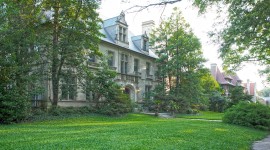Pioneer Information
Born in Tübingen, Germany, Kern received a formal training in botany from his uncle at that city’s university. After gaining work experience at the royal gardens, Stuttgart, and at Paris’ Tuileries Gardens, he immigrated to the United States, and in 1836 was appointed superintendent of St. Louis’ Lafayette Park. During the five years he held the post, the park was transformed into a much-acclaimed showpiece. Kern became superintendent of St. Louis public parks ca. 1873, devoting most of his energies to the design of Forest Park, a project of nearly unprecedented size (1,375 acres). Working with civil engineer Julius Pitzman, Kern's prepared an elaborate scheme, including winding roads and paths, ornamental embellishments, and a hippodrome, most of which was implemented. Over the next decade, Kern maintained a home base in St. Louis, but worked on diverse public and private projects throughout the Midwest, including a master plan for Kansas State Agricultural College (now Kansas State University) at Manhattan, a scheme that ranked among the most fully developed of its kind in the central states. By 1887 he served as an agent for the Department of Agriculture. That same year he again collaborated with Pitzman, this time on the design of the Forest Park Addition, a residential tract north of Forest Park, including two of St. Louis's most elegant private streets, Portland and Westmoreland places. Beyond his designed landscapes, Kern is remembered for his treatises Forest Tree Culture on Kansas Prairies (1879) and Rural Taste in Western Towns and Country Districts (1884). Kern died in St. Louis in 1915.



